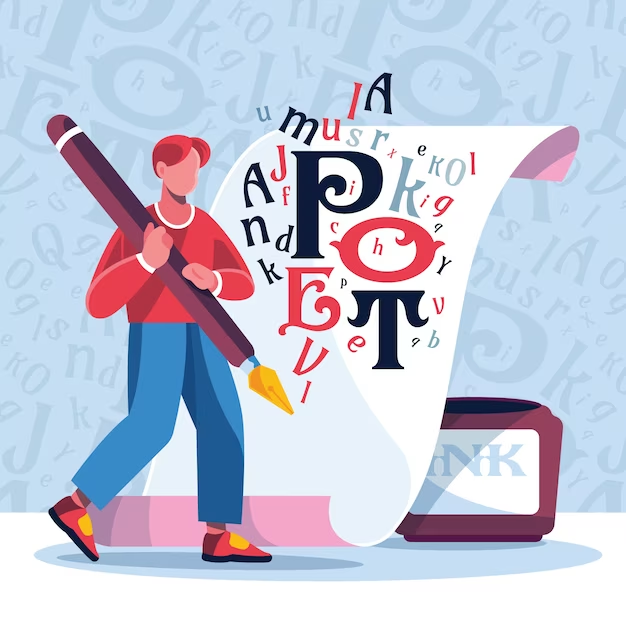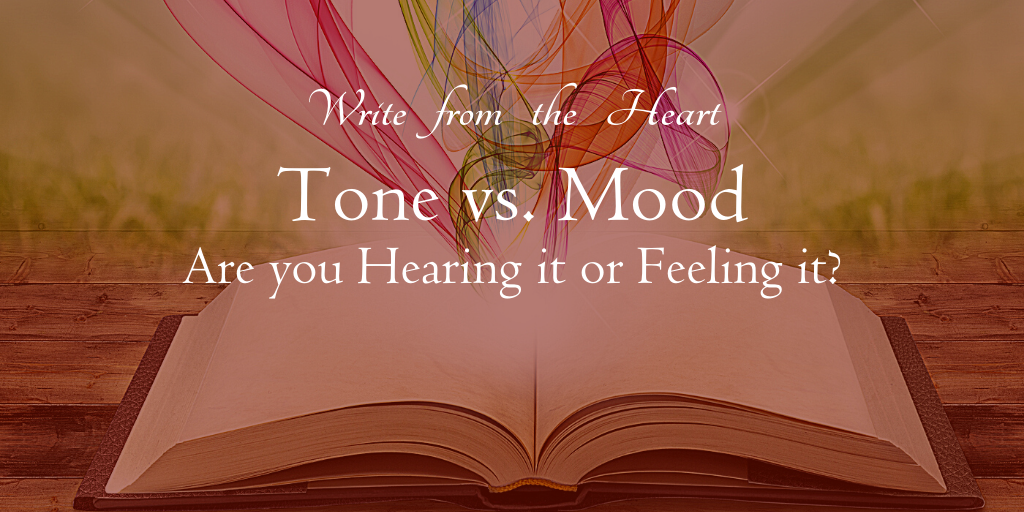Looking for example of tone? Writing isn’t just about putting words on paper; it’s about crafting an experience for the reader.
Table of Contents
Tone, often overlooked in simpler compositions, plays a pivotal role in shaping this experience. Join us as we navigate everyday examples of tone in basic writing, uncovering how the choice of words can transform a mundane sentence into a captivating story.

What Is Tone In Writing?
Tone in writing refers to the author’s attitude toward the subject matter or the audience. It reflects the writer’s emotions, perspective, and the overall mood of the piece. Tone can greatly influence how readers perceive and interpret a text, setting the atmosphere and guiding their emotional response.
In essence, tone is contributed through the choice of words, sentence structure, and overall writing style. It can range from formal and academic to informal and conversational, from serious and authoritative to playful or humorous. The same message or information can take on completely different meanings based on the tone in which it is presented.
Related:
What’s The Difference Between Tone And Mood?

While both tone and mood are fundamental to setting the atmosphere in writing, they differ crucially:
Tone
- Author’s Perspective: This reflects the author’s attitude towards the subject matter and audience. It’s the “voice” that emerges from the text, conveying a specific feeling or intent. Think of it as the author’s side of the conversation.
- Examples: Sarcastic, humorous, serious, formal, informal, whimsical, critical, etc.
- Created by: Word choice, syntax, figurative language, punctuation, point of view.
Mood
- Reader’s Experience: This refers to the overall atmosphere or feeling evoked in the reader by the writing. It’s the emotional response sparked by the author’s choices. Think of it as the reader’s reaction to the author’s voice.
- Examples: Suspenseful, gloomy, hopeful, romantic, nostalgic, chilling, etc. Explore more on examples of mood in literature.
- Created by: Similar to tone, but also heavily influenced by imagery, descriptive language, sensory details, and plot events.
Here’s an example: Imagine a restaurant. The tone could be described as warm and inviting, casual and friendly, or elegant and sophisticated. These reflect the owner’s intention for the dining experience. However, the mood of a diner might be romantic, celebratory, or tense, depending on the occasion, music, and other factors. This reflects the diner’s emotional response to the atmosphere.
Example Of Tone In Writing
Here are ten examples of different tones in writing:
1/ Formal Tone – Example Of Tone:
When people use a formal tone, they choose words and act professionally. This happens a lot in business emails, official papers, or situations where being very proper is important.
- Example: “The report delineates the salient features of the financial analysis.”

2/ Informal Tone – Example Of Tone:
An informal tone is like chatting with a friend. It’s relaxed, friendly, and uses everyday words. You’ll find this tone in casual talks, personal messages, or when inviting someone in a laid-back way.
- Example: “Hey, we’re throwing a party this weekend—hope to see you there!”
3/ Serious Tone – Example Of Tone:
A serious tone is when someone talks about something very important with a serious attitude. They’re not joking around; they’re straightforward and sincere, often about big and urgent matters.
4/ Humorous Tone – Example Of Tone:
When a writer uses a humorous tone, they’re trying to make you laugh or smile. It’s like telling jokes or being playful with words. You’ll see this in funny stories, jokes, or things meant to bring joy.
5/ Optimistic Tone – Example Of Tone:
An optimistic tone is all about looking at the bright side. It’s hopeful and positive, making you feel confident and encouraged. People use this tone to inspire and lift their spirits.
- Example: “Despite challenges, we are confident in our ability to overcome and thrive.”

6/ Pessimistic Tone – Example Of Tone
A pessimistic tone is more negative and gloomy. It’s like expressing doubt or worry about something bad happening. This tone is used when talking about challenges, problems, or situations that might not go well.
- Example: “The outlook for the economy appears grim, with indicators pointing towards prolonged uncertainty.”
7/ Instructive Tone – Example Of Tone
An instructive tone is like giving clear directions. It provides step-by-step guidance, often using words that tell you what to do. This tone is common in guides, manuals, or when teaching something.
- Example: “To assemble the furniture, follow these step-by-step instructions.”
8/ Sympathetic Tone – Example Of Tone
A sympathetic tone shows understanding and compassion. It’s used when someone cares about what you’re going through and wants to help or comfort you during tough times.
- Example: “I understand the difficulties you’re facing, and I’m here to offer support.”
9/ Neutral Tone – Example Of Tone
A neutral tone is unbiased and doesn’t show strong emotions. It’s like presenting facts without taking sides. You’ll find this tone in academic writing, news reports, or scientific articles.
- Example: “The research presents a comprehensive analysis of the data without expressing bias.”
10/ Enthusiastic Tone – Example Of Tone
An enthusiastic tone is full of excitement and positive energy. It aims to engage and inspire you, often using lively language and exclamation to share the joy. You’ll see this in ads, promotions, or creative works meant to make you feel excited.
- Example: “Get ready for an incredible adventure! Our new series promises excitement and thrills!”

Understanding and effectively using tone is crucial for writers to convey their intended message and engage their audience appropriately.
Conclusion
Understanding examples of tone in writing helps us grasp the feelings and attitudes behind the words. Whether it’s a formal tone or a humorous tone, recognizing these nuances enriches our reading experience. So, the next time you encounter a piece of writing, pay attention to the tone—it’s the key to unlocking the emotions and intentions of the author.
Ref: Indeed | Scribophile


